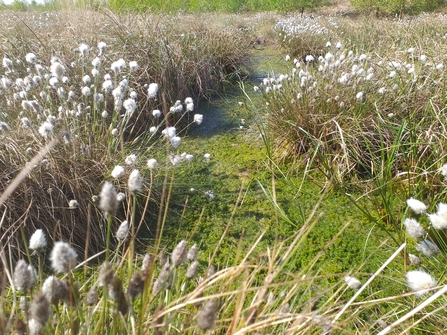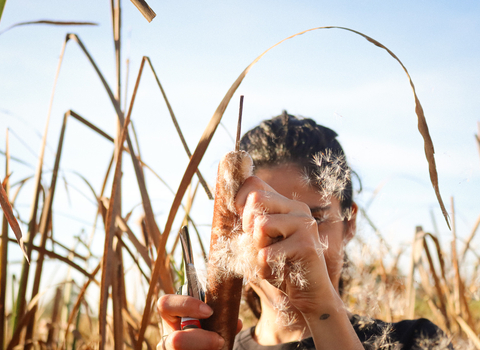Also known as paludiculture or high water table farming, wetter farming is the practice of productive agriculture on wet or re-wetted land, often peatland. Cultivating commercially interesting and financially viable crops on farmland that would naturally have a high water table can be a sustainable and profitable form of agriculture.
Lancashire Wildlife Trust has been working with the Environment Agency to investigate the feasibility of the adoption of wetter farming techniques, considering a number of the questions which this practice raises, investigating that information that is vital for farmers and landowners who are interested in wetter farming.
What is wetter farming?
Whilst the term ‘paludiculture’ is a new one, wetter farming is a traditional agricultural technique working with the natural land conditions. In wetlands such as the Norfolk Broads native reed has been harvested for roof thatch for generations, yet currently much of this land has been drained and we now import 95 per cent of our thatching reed.




